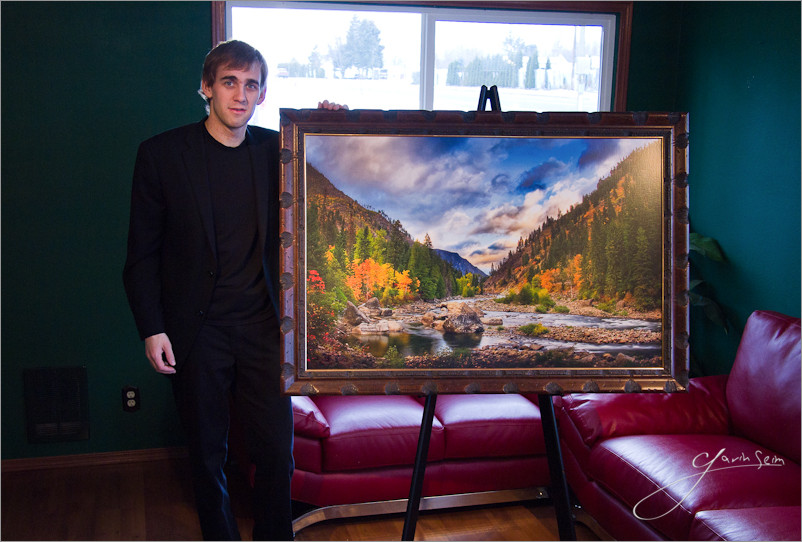“Many think they’re ready to build a skyscraper by nature of the fact that they own a hammer. I submit that they should learn what a nail is first”

There were no strobes to compensate for the intense light, the shadows on the faces or that glaring sun. Just a person with a camera moving bodies and working in seeming blind confidence that she was in control. Not a single flash in sight. Not that that would have been enough. No consideration given for the fact that the light, the way it was being used, was completely wrong.
I felt kinda bad for the family who probably thinks they’re getting good portraits. I felt annoyance for the would be photographer who took on something she was unprepared for, while in reality she seemed to have no idea what she was doing. Perhaps she was honest with them about her experience. But from what I saw, it struck me that she was posing in more ways than one.
It was clearly a planned session were this lovely family came to meet their photographer. I felt tempted to let them know that they were getting little more than they could have by handing their iPhone to a passer by. But I setup my 4×5 for a stark desert landscape and tried not to think about it as they bustled around in the corner of my eye doing cheesy poses in what “could” have been an amazing setting for a portrait.
When my son asked what they were doing, I explained ruefully that they “thought” they were making portraits.
Some of you may feel I’m being mean. But I’m not and if this offends I suggest you read it again. My job here is to challenge. I want people to learn, I love to share expediences. But I won’t offer them a pretense. I’ll tell my fellow photographers the truth so we can all grow. I don’t know this person first hand. In fact I’m glad the faces are not distinguishable. My story is not just about this person, or about naming names. It’s a reminder of the fact that this is happening too often.
I don’t know exactly how these photos will turn out, but I have a good idea. I can say with certainly that the portraits were not being done well. Both the client and the would be photographer are getting the short end of the stick. The family will get poor images for whatever they paid. The would be photographer will probably go on in digital bliss rather than actually learning the trade she wants to be a part of. Eventually she will likely tire and give up. All because she has the pretense that you can be a good photographer simply because you own a camera. No experience required.
Some will say “You have to start somewhere”. There is truth in that, but we still need to learn before we leap. We need to learn what the brake is before we drive a car. There was a day when “starting somewhere” meant learning how do something reasonably well before working for pay and selling yourself as a pro.
There’s are surely some new photographers reading this. Don’t be offended at my frankness. It’s OK to be new. But don’t be the person that takes on something you’re not prepared for while acting as if you are. If you don’t know how to light, pose or plan your project, then go learn about those things before you jump in and start charging. It’s a science. Not something you just make up as you go.
I’m absolutely for sharing knowledge and yes, I imagine most of us are guilty of having someone who was a bit of a lab rat on the journey to skill. That’s fine as long as we were honest with them. But increasingly we see people who don’t desire knowledge and think they’re artistic masters right our of the gate. Experience matters. It’s not wrong to be inexperienced, but it’s wrong to pretend you are, when in truth you are not. Take your time, learn the skills, the marketing, the sales, the presentation, the science. Because if you don’t, your journey will likely end in frustration.
Some think they’re ready to build a skyscraper by simple nature of the fact that they own a hammer. I submit that they should learn what a nail is first.
Thanks for reading… Gav





